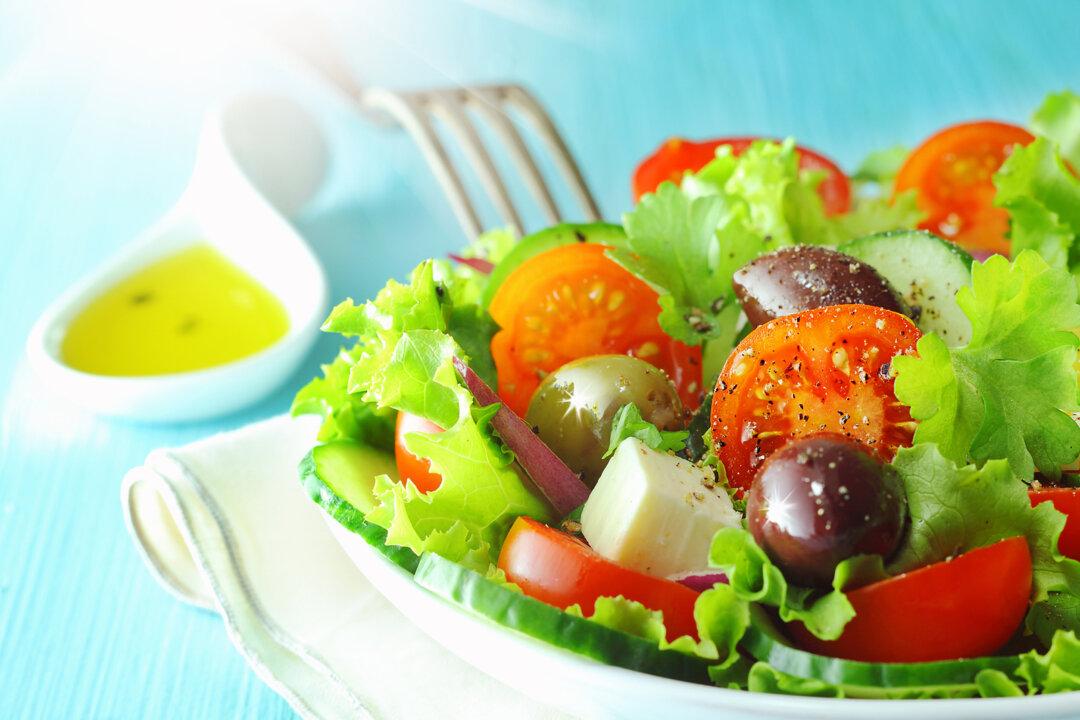By Barbara Intermill
From Monterey Herald
I was not aware until I heard it from my buddy Bob at Dole. May is National Salad Month. Lettuce celebrate!

I was not aware until I heard it from my buddy Bob at Dole. May is National Salad Month. Lettuce celebrate!